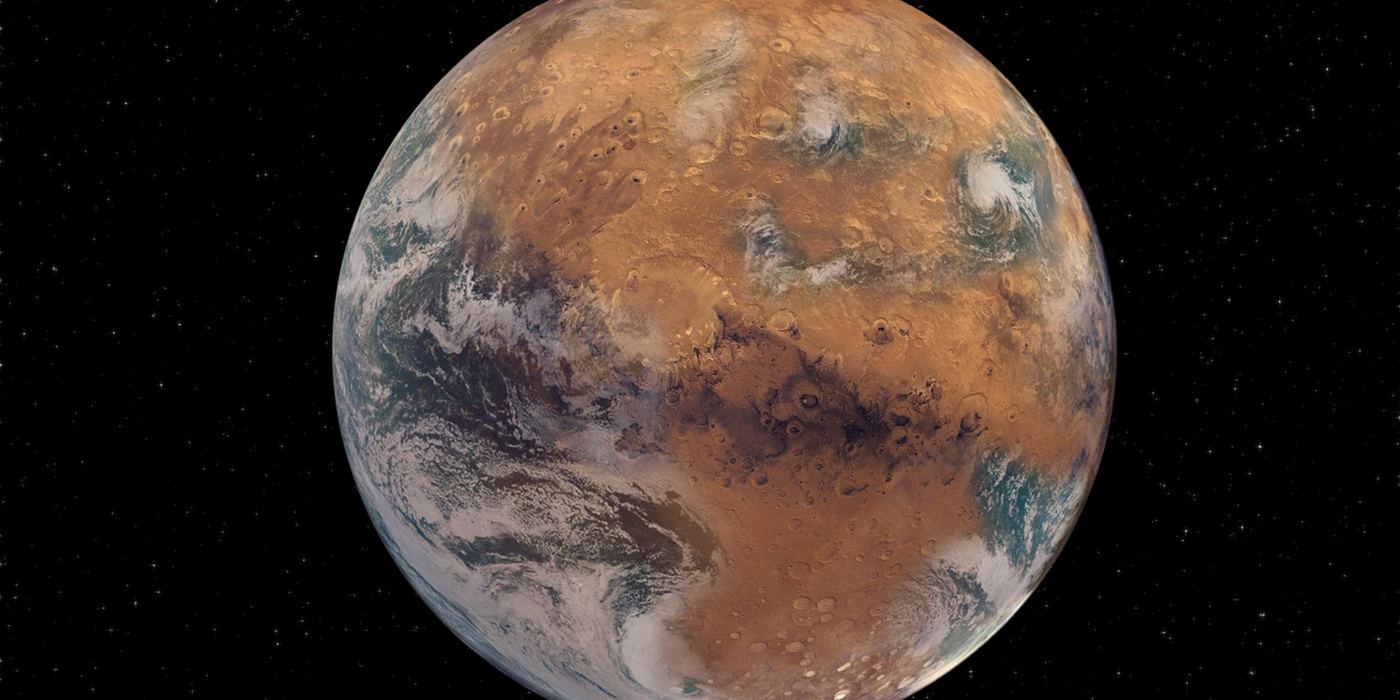Mars and water. Those words can trigger an avalanche of speculation, evidence, hypotheses, and theories. Mars has some water now, but it’s frozen, and most of it’s buried. There’s only a tiny bit of water vapour in the atmosphere. Evidence shows that it was much wetter in the past. In its ancient past, the planet may have had a global ocean. But was it habitable at one time?
A new study says it wasn’t. Mars lost most of its water, and it’s all to do with the planet’s size.
Continue reading “Mars Was Too Small to Ever be Habitable”

